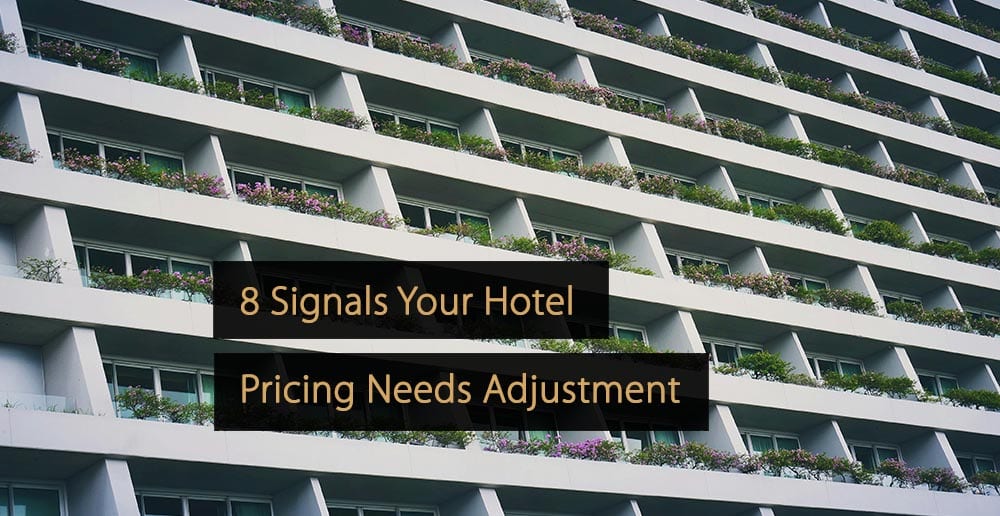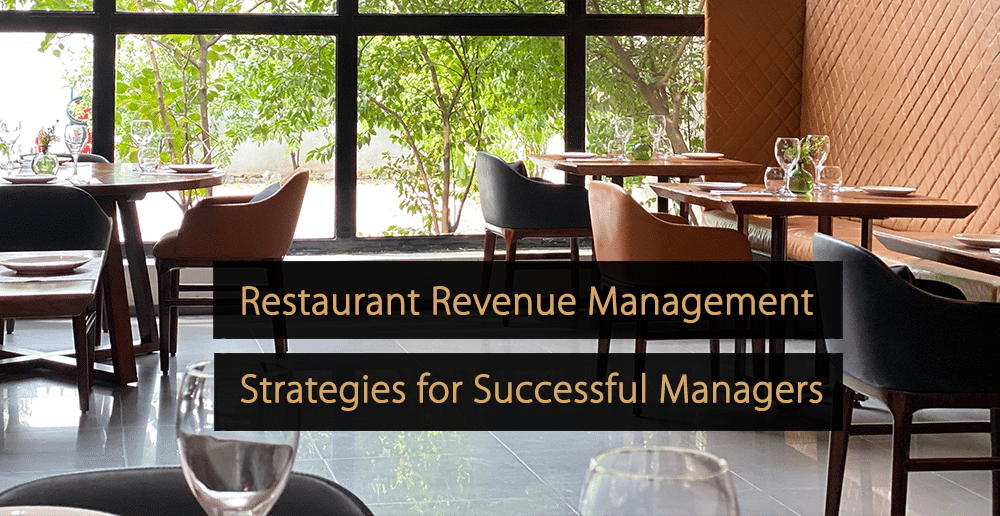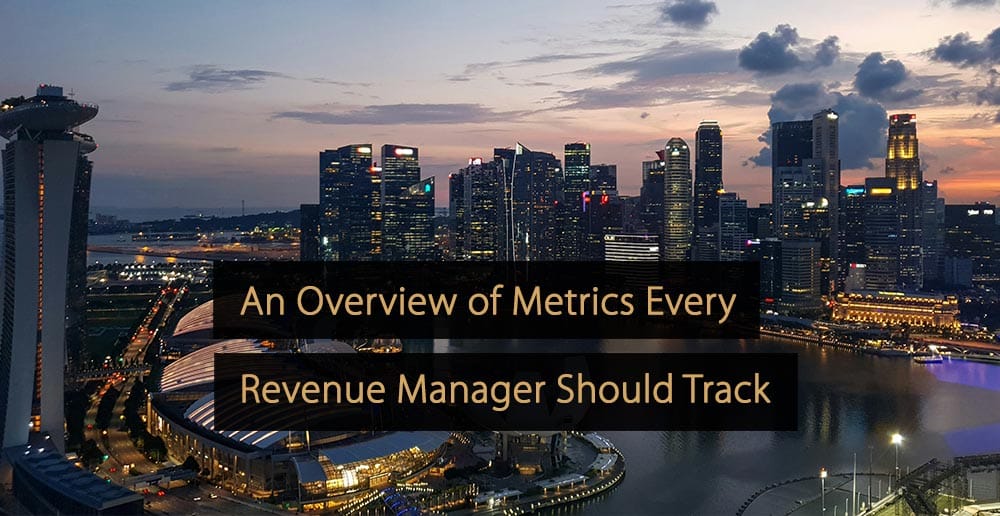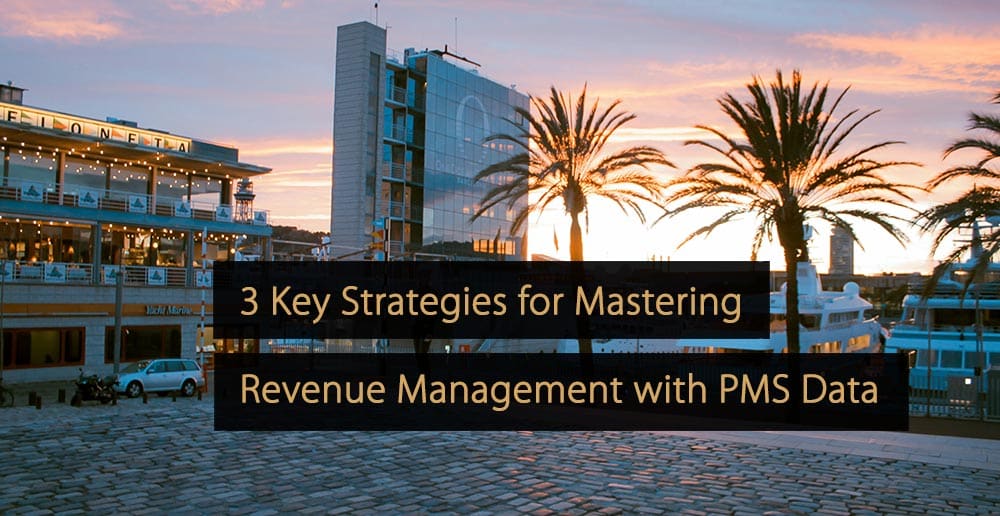Recent studies reveal that prices perceived as unfair trigger discomfort in consumers, leading to reduced purchases, complaints, and negative reviews. Conversely, fair prices activate pleasure centers, enhancing customer satisfaction.[1] This underscores the importance of finding the sweet spot for your hotel’s room prices: the perfect balance between attracting (happy) guests and maximizing revenue.
Build a Foundation for Effective Hotel Pricing
What’s the right price for a business traveler might be the complete opposite of the “fair” price for the “backpacker.” You need to consider different factors to find optimal prices that maximize your revenue and occupancy AND keep your guests happy. But how do you know if your room prices are just right? This article will set you on the right path.
8 Key Room Pricing Factors You Can’t Ignore
Below, you find eight room pricing factors.
1. Your Property
This factor includes different variables, like:
Company’s Objectives
Align pricing strategies with overarching goals such as profit growth or occupancy optimization.
Your hotel’s goals guide pricing strategies because while it’s important to consider how guests will perceive your prices, you still need to be profitable and drive your business forward.
Hotel’s Characteristics
Here, you need to consider your hotel type, star rating, location, and unique selling proposition to tailor pricing strategies to your property’s strengths. Above all, remember to consider your brand and how it is perceived in the market.
2. Time of Year
You need to analyze seasonal trends and fluctuations in demand in your hotel’s destination. Typically, during the high season, you will charge more for rooms, and during the low season, you will be offered lower rates to attract business.
Adjust rates accordingly to maximize revenue during peak seasons and minimize losses during off-peak periods.
During the shoulder seasons, demand tends to fluctuate up and down. This is when you can introduce special offers or take group bookings.
You can also leverage events and holidays throughout the year to implement strategic pricing strategies.
3. Day of the Week
Determine which days of the week experience higher demand based on guest demographics and travel purposes (e.g., leisure vs. business travelers).
With this knowledge, you can implement targeted promotions and discounts on slower days to stimulate demand and increase occupancy rates.
What’s more, demand tends to fluctuate during the day. To leverage this, you can implement dynamic pricing strategies and adjust rates in real-time, based on changes in demand to maximize revenue potential on high-demand days.
The hotelier’s big challenge is that demand can change frequently, even several times a day. Sometimes, what starts as a “slow morning Friday” becomes very busy due to, for example, flight cancellations in your city. This means you must react quickly to change your prices to maximize these opportunities.
You may worry about how your guests will react to fluctuating prices, especially if you have a lot of regular guests. That’s a very common worry between hoteliers of independent hotels. However, a study by ZHAW University from May 2023 proved that guests understand and are quite used to the idea that prices may change based on supply and demand.
4. Internal Demand
This is the number of guests who want to stay at a hotel on a given date. You can measure it in three key ways:
- Measure room availability: track rooms sold vs. available inventory to assess current demand levels.
- Analyze booking pace: monitor the rate at which bookings are coming in and track cancellations and date changes to forecast future demand accurately.
- Evaluate pickup: the number of new bookings over a recent period, such as the past week.
You can use your historical data and forecasting tools to compare and predict internal demand. For example, by comparing demand with previous dates at the same time last year, If your demand seems stronger, it might indicate you can increase your rates. If demand seems lower, you may need to lower your rates to meet your occupancy goals.
5. Market Demand
Market demand can fluctuate throughout the year with seasons, days of the week, events, and holidays. That’s why it’s important to monitor market trends and competitor behavior.
Market demand is influenced by different economic conditions, travel trends, flights, and transportation. So, stay informed about industry developments and changes in consumer preferences. You will want to adjust your pricing strategies to capitalize on market demand.
6. Price Sensitivity
Each type of guest will be prepared to pay different prices for your rooms. To understand their sensitivity to prices, you must watch how price changes affect internal demand.
For example, a business traveler may be very sensitive to prices, as they may book a room based on price alone, while a family may pay a higher price for the room but may be less sensitive to price changes.
7. Competitor Rates
This is one of the most important factors because what your competitors are doing will give you insights into a range of prices your guests are willing to pay. It greatly impacts your pricing strategy since travelers tend to compare rates between accommodations. This means that if your competitor changes the price, it can influence your hotel’s demand – not due to your prices but because of your competitor’s pricing changes.
While you should monitor competitor rates and pricing strategies to stay competitive, remember to:
- Differentiate your offering based on value rather than solely on price.
- Adjust pricing dynamically to maintain competitiveness while maintaining your property’s value proposition and profitability.
8. Online Reputation
According to TripAdvisor, 79% of the site’s users are more likely to stay at a hotel with a higher rating when they compare the properties.
Positive online reviews can create a perception of higher value for your hotel, which can justify higher pricing in the eyes of potential guests. Conversely, negative reviews can make guests question the value they will receive for the price, leading them to seek out lower-priced alternatives. So maintaining a great online reputation is crucial for attracting guests willing to pay your desired rates.
Discovering Your Room Rate Sweet Spot: Key Data is Key
Once you set the stage with clear objectives and have the full picture of your property and market data, you’re ready to start creating pricing strategies for your hotel.
In this article, you will discover tactics to supercharge your revenue using strategic revenue management tactics.
The amount of information you need can be overwhelming when it comes to finding optimal prices for your hotel rooms. That’s why remember to use the most important data:
“What you really need to do is to use the most important data as well as possible. And the most important data means: how your bookings are doing (…), and what your competitors are charging.” – shared CEO of RoomPriceGenie, Ari Andricopoulos in the “Revenue UnCut” podcast.
8 Red Flags of Misaligned Room Pricing
Many hoteliers have difficulty setting prices, so you’re certainly not alone. So, once you have the prices in place, you might have this nagging voice wondering if your prices are too low or too high.
Could you sell this double room for more? What if guests think it’s too expensive? You probably asked yourself these questions at least once.
So look for these signs to know if your prices are too low:
- You sold out rooms very quickly, faster than your competitors
- You have an above-normal booking pace
- Your online reviews are higher than normal
- You get a lot of reviews mentioning your hotel is a great deal
Signs your rates are too high:
- You get complaints from guests about the prices or value
- You have a worse booking pace than usual
- New online reviews have lower ratings than normal
- Your competitors sold their rooms before you
Fine-Tuning Your Pricing Strategies
Your hotel pricing strategies will be a work in progress, with market and consumer behavior changing constantly. But the good news is that now, equipped with the knowledge, you can look for the signs to see if you’re on the right track with your prices.
Free Guide: Hotel Pricing Strategies: A Guide for Independent Hotels
“Hotel Pricing Strategies: A Guide for Independent Hotels,” is designed specifically for owners and managers like you who are ready to increase revenue with the right pricing strategies.
Click here to download the guide “Hotel Pricing Strategies: A Guide for Independent Hotels”.
More Tips to Grow Your Business
Revfine.com is a knowledge platform for the hospitality & travel industry. Professionals use our insights, strategies and actionable tips to get inspired, optimise revenue, innovate processes and improve customer experience. You can find all hotel & hospitality tips in the categories Revenue Management, Marketing & Distribution, Hotel Operations, Staffing & Career, Technology and Software.This article is written by our expert partner RoomPriceGenie
Partner PageSource:
1. Psychology Today: The Price of Products Guides Consumer Expectation







Leave A Comment